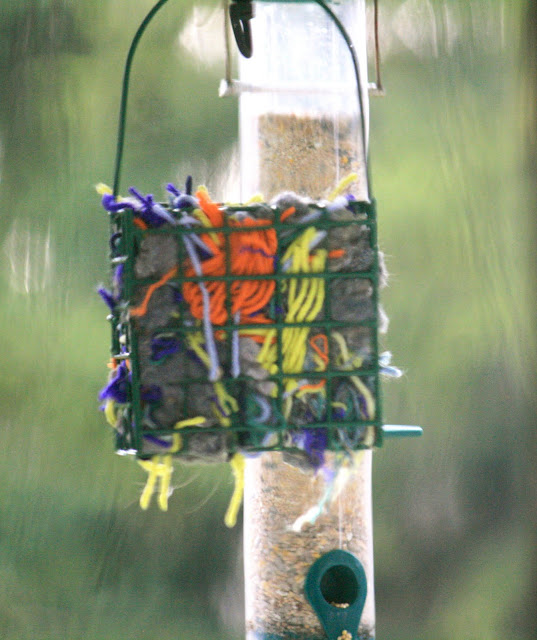as i was walking around the garden during the gorgeously sunny easter holiday (have i been insufferable enough about that yet?) i noticed that there were loads of little wild violets blooming here and there in the lawn. violets make me think of my grandmother, who loved them and all of the little bouquets i picked for her and the assortment of tiny vases she had to put them in.
but instead of picking bouquets, i decided to try to make violet jelly. i'd seen a couple of pins about it on pinterest and so i did a bit of investigation and then figured out my own recipe (of course). plus it totally satisfied my desire for found food. and the violets are quite fetching, don't you think? i just generally enjoyed spending time with them.
the violets in our garden come in a rather wide variety of shades of purple and even white, as you can see here. i think it made my resulting jelly less purple and more pinkish than some i saw online, but it does taste quite delicately fragrant and wonderful. i tried to stick only to the most purple violets, but i had to use a few of the variegated ones in order to have enough.
here's what you need:
violet jelly
2 cups of violets (for my metric friends, fill a 500ml cup with violets)
2 cups of water (500ml)
4 cups of sugar (1 kilo)
1 packet of pectin (or use pectin sugar, like i did, if it's available near you)
the juice of 1 lemon
pick your violets. violets are tiny, so this actually takes awhile. enlist the help of a child if you have one nearby. try to pick just the flowers, don't get stems in if you can help it. put the violets in a glass bowl and pour 2 cups of boiling water over them. cover the bowl and set it out of the way - preferably overnight. the next day, strain the violets in a strainer.
i did a second straining with a bit of cheesecloth, as the strainer didn't catch all of the small bugs that were in with the violets. i hadn't washed the violets at all before i began, not wanting to lose any precious potential color and because i knew i'd be straining them well.
the resulting violet "tea" was a lovely teal green shade in my case. don't be alarmed by this, as the lemon will purple it right up. combine the "tea," the sugar, the pectin and the lemon juice in a heavy-bottomed saucepan and heat it to boiling on the stove. my pectin sugar advised me to let it boil 3-5 minutes once it came to a boil. it requires some stirring, but not really constant stirring, tho' keep an eye on it, as it can scorch.
prepare your jars by sterlizing them (this can be done on a very hot cycle in your dishwasher if your dishwasher does super hot), or you can lower the into a pan of boiling water. i usually "cook" the lids in a separate pot of boiling water so they go directly from the pan to the jar. ladle the jelly into your prepared jars while it's still piping hot (i got 3 little jars + a partial jar from my batch), skimming off any scum that forms on top (it's normal that some will form). put the lids on immediately. they should seal within an hour or so and if they don't, use that jar right away. as you can see in this photo, i experimented with putting a few new, fresh violets into the jelly as i poured the jelly in, but that didn't work as well as i'd have liked (if i'm honest, they look a little bit like flies).
the jelly has a delicate fragrant taste that i suppose is just how violets taste. i've had it on toast so far, but was thinking about using some in some springy cookies or as a layer between slices of angel food cake with strawberries on it (the strawberry plants are almost setting blooms with all this sunshine). yummy.



















